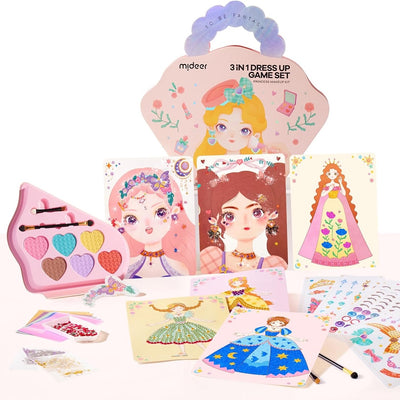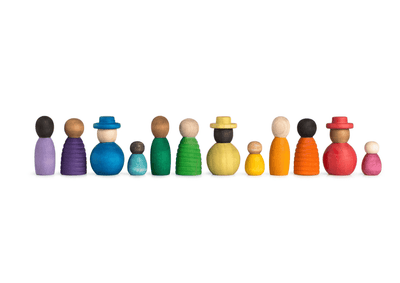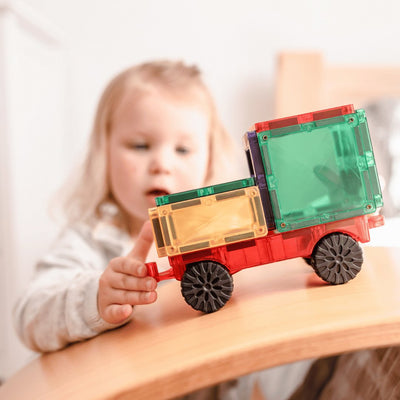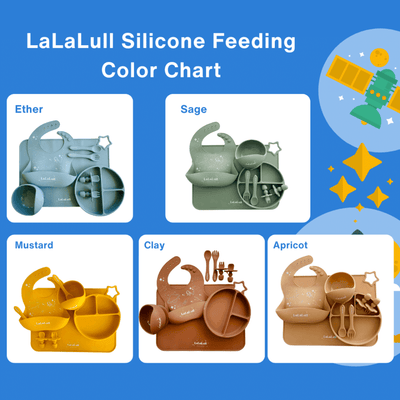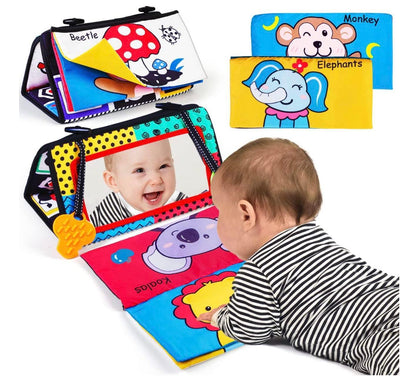Music boxes have long been cherished for their ability to create beautiful, nostalgic melodies with just the turn of a key. From their intricate craftsmanship to their delicate sounds, music boxes hold a special place in the hearts of collectors, musicians, and those looking for a sentimental keepsake. The evolution of these beloved items tells a fascinating story, one that takes us from their humble beginnings as ornate mechanical wonders to modern-day treasures that blend tradition with innovation.
The Origins of the Music Box
The music box dates back to the late 18th century in Switzerland, where watchmakers first began experimenting with small, intricate mechanisms to produce music. These early music boxes were crafted with a rotating cylinder studded with pins that would pluck a series of tuned steel combs, creating a melody. Originally, these cylinders could only play one song and were quite expensive, making them luxury items for the wealthy. As craftsmanship improved, more complex models were developed, some of which could play multiple tunes or even included additional instruments like bells or drums.
By the 19th century, music boxes had grown in popularity, becoming more affordable and accessible to the general public. They were often given as gifts and treasured heirlooms, passed down through generations. The beauty of these early music boxes lay not only in their sound but also in their ornate designs, with many featuring handcrafted woodwork and painted details, making each one a work of art.
The Rise of Cylinder and Disc Music Boxes
As demand grew, the technology behind music boxes evolved. The cylinder music box gave way to disc-based designs, which offered greater flexibility. Instead of a fixed cylinder, disc music boxes used interchangeable metal discs, allowing owners to swap out songs and build a collection of tunes. This innovation made music boxes even more popular, as it allowed for a wider variety of music to be played without the need for an entirely new device.
These disc music boxes were often much larger than their cylinder predecessors and were designed to be placed in homes as centerpieces. They could produce richer, fuller sounds and were often built with beautiful cabinetry, making them both a musical instrument and a decorative piece of furniture.
The Shift to Mass Production and Miniaturization
As the 20th century approached, advances in mass production allowed music boxes to be manufactured at a lower cost, making them even more accessible. The craftsmanship became more streamlined, and the designs evolved to appeal to broader tastes. Music boxes began to take on a variety of shapes, including small, portable versions that could be used as jewelry boxes, keepsakes, or even novelty items.
During this time, the miniaturization of the music box mechanism became popular, allowing the production of tiny, pocket-sized music boxes. These compact designs were often used in toys, gift items, and souvenirs, helping to spread the popularity of music boxes to all corners of the world. Despite the mass production, many high-quality, handcrafted music boxes continued to be made, keeping the tradition of meticulous craftsmanship alive.
Modern Music Boxes: Where Tradition Meets Technology
In today’s world, music boxes have continued to evolve while maintaining their timeless charm. Modern music boxes now come in a wide range of designs, from traditional wooden models to contemporary versions featuring acrylic or glass. Some are equipped with LED lights or motion components, adding an extra layer of visual appeal.
Technology has also brought about exciting innovations in music box design. Customizable music boxes now allow individuals to create their own melodies, combining personal significance with the familiar charm of the music box sound. Additionally, digital music boxes blend old-world aesthetics with modern technology, using recorded music in place of mechanical movement while still preserving the nostalgic feel of a classic music box.
Many companies and artisans continue to craft exquisite, handmade music boxes today, ensuring that this beloved art form remains relevant in the modern era. Music boxes can now be found in countless variations, from whimsical designs for children to elegant, high-end models that reflect the traditional craftsmanship of their predecessors.
Why Music Boxes Continue to Captivate
So, why do music boxes, in all their forms, continue to captivate people after more than two centuries? The answer lies in their ability to connect us with the past, evoking nostalgia and transporting us to simpler times. Whether you are listening to a classic tune or gifting a music box to someone special, there’s something uniquely personal and emotional about the delicate melodies they produce.
Music boxes have evolved from intricate, handcrafted mechanical marvels into modern, accessible treasures, yet they still evoke the same sense of wonder and joy as they did centuries ago. As we look forward to the future, the timeless charm of the music box will undoubtedly continue to resonate, reminding us that sometimes the most beautiful things in life are also the simplest.
Conclusion
From vintage designs that captured hearts in 18th-century Europe to modern-day music boxes that bring joy to people of all ages, the evolution of the music box tells a story of creativity, innovation, and enduring appeal. As they continue to evolve, one thing remains certain: music boxes will always hold a special place in our homes and hearts, bridging the gap between past and present with every delicate note.
Whether you’re a collector, a music lover, or simply someone who appreciates timeless beauty, the story of the music box is one worth exploring—and the melodies they play will continue to inspire for generations to come.


